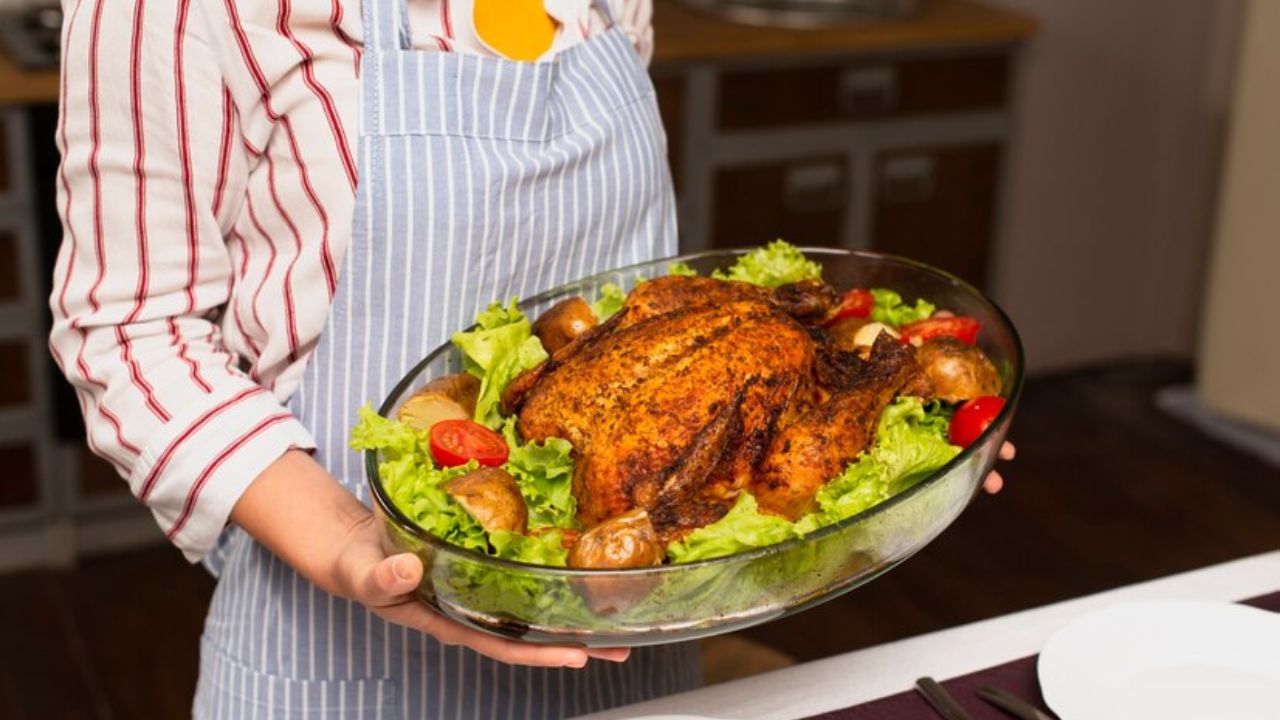Pollaste – Origins, Meaning, and Uses Explained
Language is full of fascinating words that often carry hidden cultural or historical significance. One such term is pollaste, a word that has sparked curiosity among language enthusiasts, travelers, and those exploring cultural expressions. While it may seem simple on the surface, pollaste has deeper layers of meaning, shaped by its origins and how it is used in everyday life.
This article explores the meaning of pollaste, its background, and its relevance today.
What Does Pollaste Mean?
The word pollaste originates from the Estonian language, where it directly translates to “chicken” or “poultry.” It is commonly used in everyday speech to describe the bird itself, whether in farming, cooking, or casual conversation. However, like many words tied to food and culture, pollaste goes beyond just a literal translation. It often reflects traditions, lifestyle, and even humor in language use.
Linguistic Origins
Estonian, part of the Finno-Ugric language family, has unique phonetic and structural features. Words like pollaste highlight how deeply everyday vocabulary is connected to agriculture and rural life. For centuries, chickens were an essential source of food and trade, so naturally, terms such as pollaste became ingrained in speech and folklore.
Cultural Significance of Pollaste
1. Food and Cuisine
Pollaste plays an important role in traditional Estonian cooking. Chicken dishes are widely prepared during family gatherings, celebrations, and holidays. Recipes range from roasted pollaste with root vegetables to soups that feature the bird as a key protein.
2. Symbolism in Folklore
In many cultures, chickens symbolize fertility, protection, and renewal. Similarly, pollaste appears in Estonian sayings and idioms, often used humorously to describe everyday situations.
3. Community and Farming
For rural families, pollaste was not just food but also part of the household economy. Keeping poultry was a practical way to ensure eggs, meat, and even trade opportunities with neighbors.
Modern Uses of Pollaste
Even today, pollaste retains its practical and cultural role. With the global movement toward farm-to-table dining, locally raised poultry has become a symbol of sustainability. Restaurants highlighting traditional flavors often use pollaste to reconnect diners with heritage recipes.
Additionally, the word occasionally surfaces in playful or creative contexts, such as being used metaphorically in conversations to describe someone timid, restless, or lively—traits often associated with chickens.
Why Words Like Pollaste Matter
Language is not just a tool for communication; it is also a window into how societies think and live. A word like pollaste may seem ordinary, yet it reflects:
-
Tradition: Rooted in agriculture and family meals.
-
Identity: Highlighting cultural values around food and sustainability.
-
Connection: Offering insights into daily life in Estonia and beyond.
By studying terms such as pollaste, we uncover the everyday rhythm of cultures and the role food plays in shaping social bonds.
How Pollaste Appears in Daily Conversations
In casual speech, pollaste can be used in several ways:
-
Literal use: Describing chicken as a dish or farm animal.
-
Metaphorical use: Playfully referring to someone as restless or clumsy.
-
Cultural use: Referencing traditions or old sayings where pollaste symbolizes simplicity and rural roots.
This flexibility makes the term both practical and expressive, showing how one word can carry layers of meaning.
FAQ – Pollaste
Q1: What does pollaste mean in English?
It translates to “chicken” or “poultry” in English.
Q2: Where does the word pollaste come from?
It comes from Estonian, part of the Finno-Ugric language family.
Q3: Is pollaste only used for food?
Not always. While commonly referring to chicken in cooking, it can also appear metaphorically in jokes or cultural sayings.
Q4: Why is pollaste significant in Estonian culture?
Because poultry has long been essential in farming, cuisine, and family traditions, pollaste reflects both daily life and cultural identity.
Q5: How is pollaste used today?
It remains central to cuisine, sustainability discussions, and even playful everyday language.
Final Thoughts
Pollaste is more than just a word for chicken. It embodies traditions, family meals, and cultural identity while also finding a place in modern sustainability movements and playful language. By appreciating pollaste, we gain insight into how food-related words connect communities, preserve heritage, and reveal values that go far beyond the dining table.
